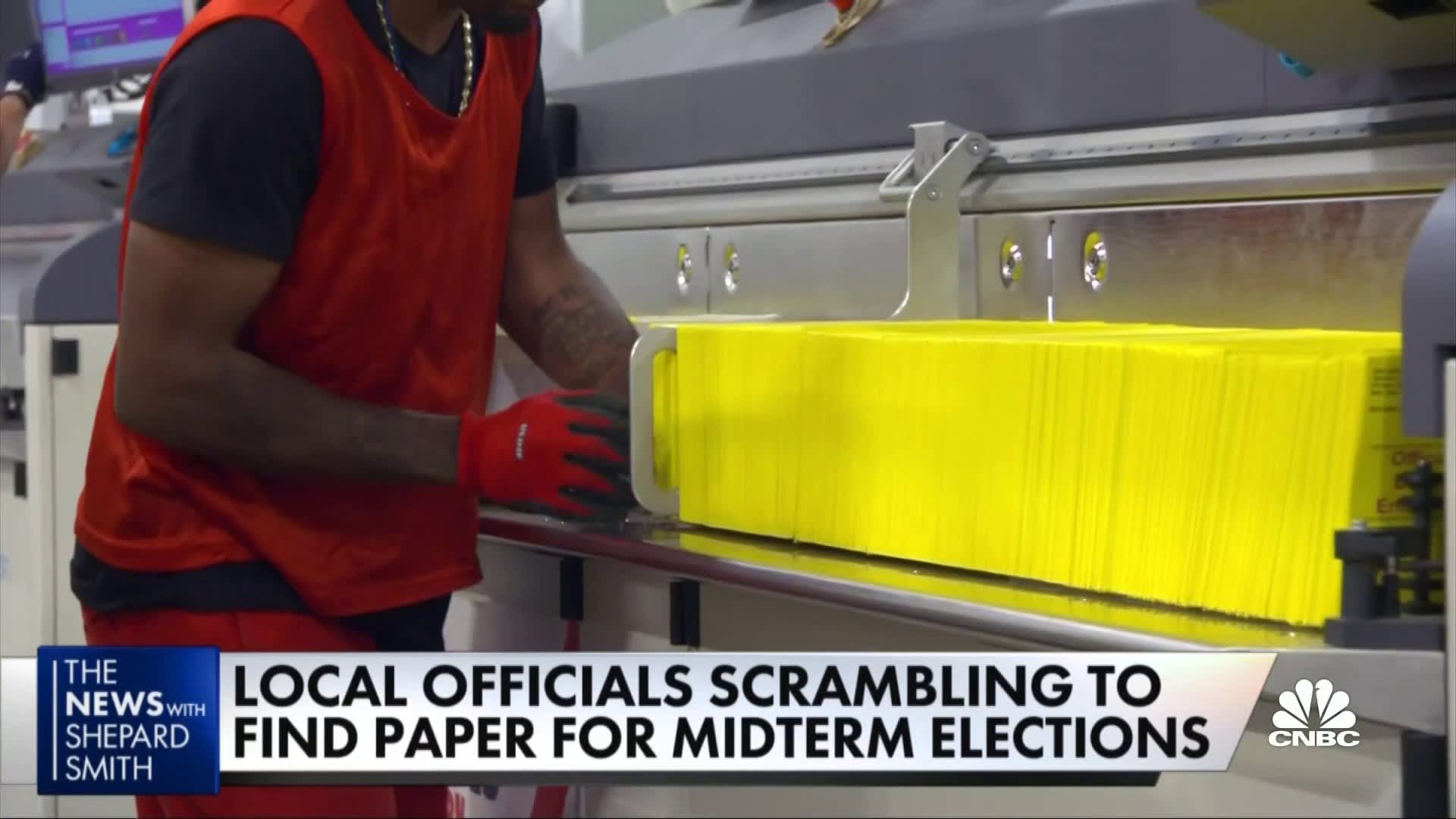According to “The Target Report”, paper-based Industries are in flux as a result of changes occurring in the paper industry: printing & packaging companies are struggling to procure the paper they need, the grades required, when its needed and in sufficient quantity to fulfill customer orders. This has resulted in an abrupt turnabout for many companies; at least for the foreseeable future, days of paper plenty are over. Printing & packaging company owners report they are spending considerable time just procuring needed paper stock.
Distributors are also enforcing paper allocation schemes, based on prior years usage, that’s hindering their growth. Credit terms have also tightened, with slow payers cut off or required to adhere to self-liquidating payment policies. Price increases have become routine and printing companies have been buying whatever paper they can get, whenever it becomes available, and stocking up.
Exacerbating the problem, paper manufacturing is consolidating. In a transaction announced in May 2021, and closed late last year, 175-year-old publicly listed Domtar was acquired in an all-cash deal for $3 billion by the relative newcomer privately-owned Paper Excellence Group. Domtar is currently on its way to complete converting a printing & writing paper mill in Kingsport, Tennessee, into a containerboard mill. The conversion will be complete in late 2022, and the mill re‑configured to supply regional corrugators with products made from 100% recycled fiber. As a result, there will not be any more printing grade papers emanating from this mill.
Likely to be the most significant transaction impacting the printing industry is the sale of what’s left of Verso to Swedish paper company BillerudKorsnäs. The impact of this transaction will be keenly felt by the printing industry over the next 7-years, as BillerudKorsnäs executes its plan to convert approximately three-quarters of the acquired paper making capacity to paperboard grades designed for packaging applications. Escanaba, Michigan—the largest in the Verso portfolio—is scheduled to be completely converted over to packaging grades.
The resultant loss of capacity to produce printing grade papers will further tighten supplies to the commercial, book, direct mail, catalog, label and publication segments. See more detail about the transactions that have impacted the conversion to brown paper, as well as the move to specialty niches within the larger paper industry.
Distributors are also enforcing paper allocation schemes, based on prior years usage, that’s hindering their growth. Credit terms have also tightened, with slow payers cut off or required to adhere to self-liquidating payment policies. Price increases have become routine and printing companies have been buying whatever paper they can get, whenever it becomes available, and stocking up.
Exacerbating the problem, paper manufacturing is consolidating. In a transaction announced in May 2021, and closed late last year, 175-year-old publicly listed Domtar was acquired in an all-cash deal for $3 billion by the relative newcomer privately-owned Paper Excellence Group. Domtar is currently on its way to complete converting a printing & writing paper mill in Kingsport, Tennessee, into a containerboard mill. The conversion will be complete in late 2022, and the mill re‑configured to supply regional corrugators with products made from 100% recycled fiber. As a result, there will not be any more printing grade papers emanating from this mill.
Likely to be the most significant transaction impacting the printing industry is the sale of what’s left of Verso to Swedish paper company BillerudKorsnäs. The impact of this transaction will be keenly felt by the printing industry over the next 7-years, as BillerudKorsnäs executes its plan to convert approximately three-quarters of the acquired paper making capacity to paperboard grades designed for packaging applications. Escanaba, Michigan—the largest in the Verso portfolio—is scheduled to be completely converted over to packaging grades.
The resultant loss of capacity to produce printing grade papers will further tighten supplies to the commercial, book, direct mail, catalog, label and publication segments. See more detail about the transactions that have impacted the conversion to brown paper, as well as the move to specialty niches within the larger paper industry.












